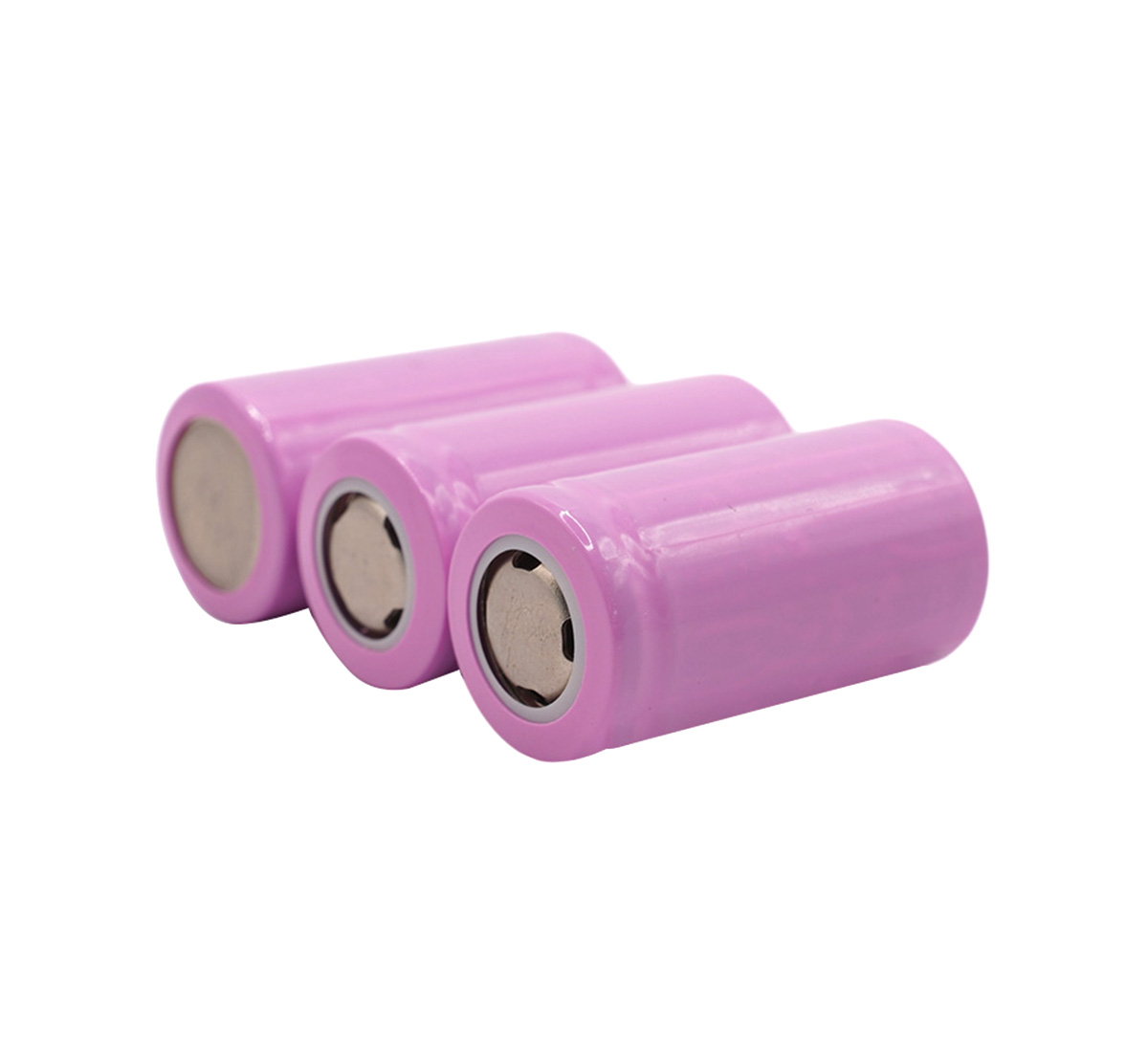Time:2024-04-10 Preview:1 source:News

First of all, the cathode material of lithium titanate battery is lithium titanate, which has high electrochemical stability and low electrochemical activity, which helps to reduce the self-discharge and polarization phenomenon of the battery, thereby improving the cycle life of the battery. and security. Graphite is usually used as the negative electrode material because of its high conductivity and stability, which can ensure high energy density and long life of the battery.
In terms of battery structure, lithium titanate batteries have also been continuously optimized and improved. The commonly used structure is lithium titanate as the positive electrode material, lithium titanate type material as the negative electrode material, and liquid electrolyte and metallic lithium as other components of the battery. By changing the structural design of the battery, such as using nanomaterials or through interface control, researchers have successfully improved the energy density, cycle life and safety performance of lithium titanate batteries.
The performance of lithium titanate batteries is also constantly improving. Its energy density is about 150~200Wh/kg, and its cycle life can reach thousands of times or even more. In addition, lithium titanate batteries also have the characteristics of superior low-temperature performance, strong extremely fast charging capability, excellent high-power discharge, zero-strain battery characteristics and excellent cycle performance. At minus 30 degrees, it can still maintain a charge and discharge efficiency of 65%. The charging time only takes 3 to 5 minutes, and the discharge rate can reach 5 to 100 times.
In addition to traditional lithium titanate cathode materials, researchers are also trying to use other new materials to further improve the performance of lithium titanate batteries. For example, materials such as lithium stannate, lithium molybdate, lithium tungstate, and lithium vanadate are all used to prepare lithium titanate batteries in the hope of improving the energy density and cycle life of the battery. At the same time, the combination of lithium titanate batteries with other battery technologies, such as lithium-air batteries and sodium-ion batteries, is also a hot topic in current research.
Related suggestion:
Detailed explanation: Key technologies of electric vehicle BMS